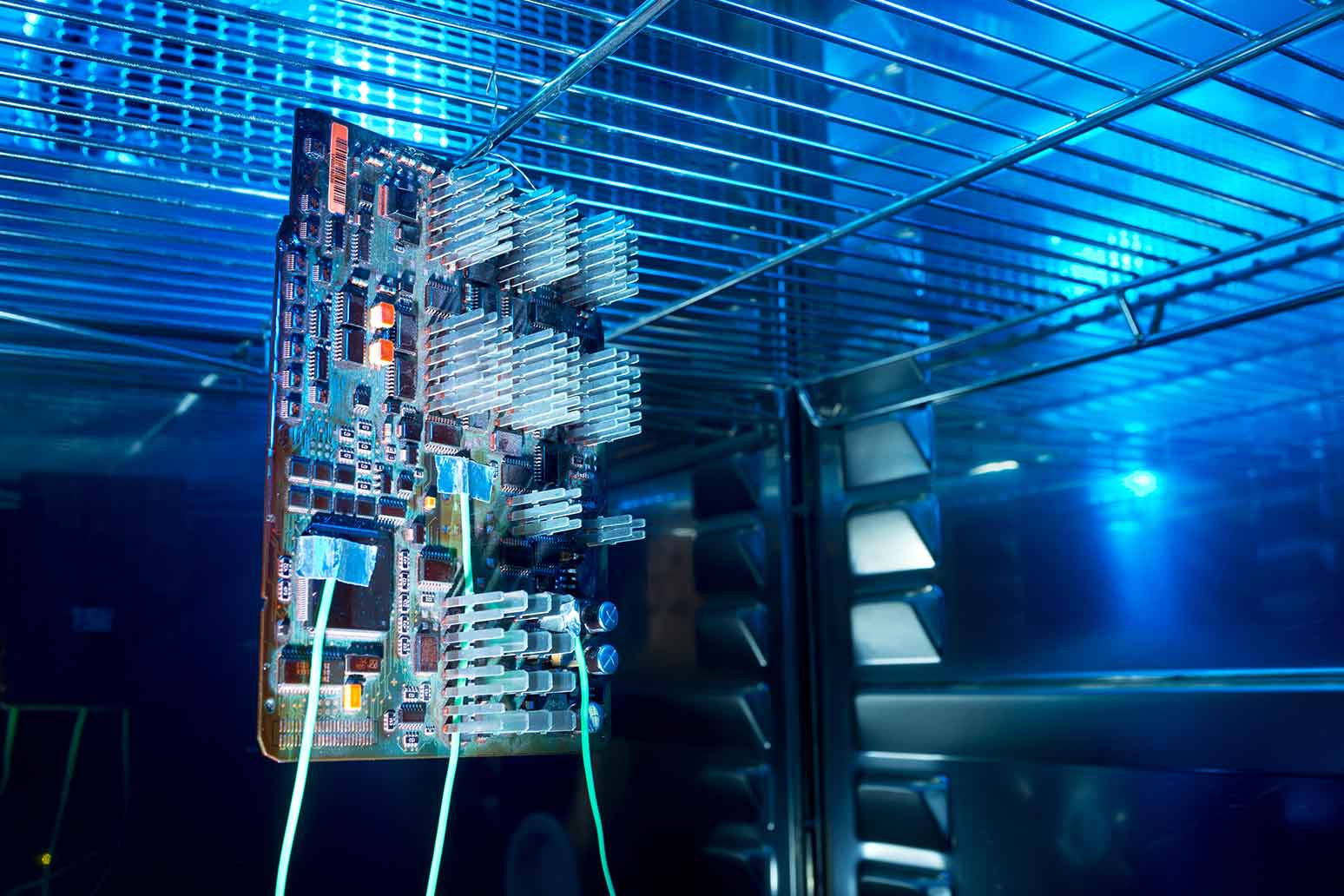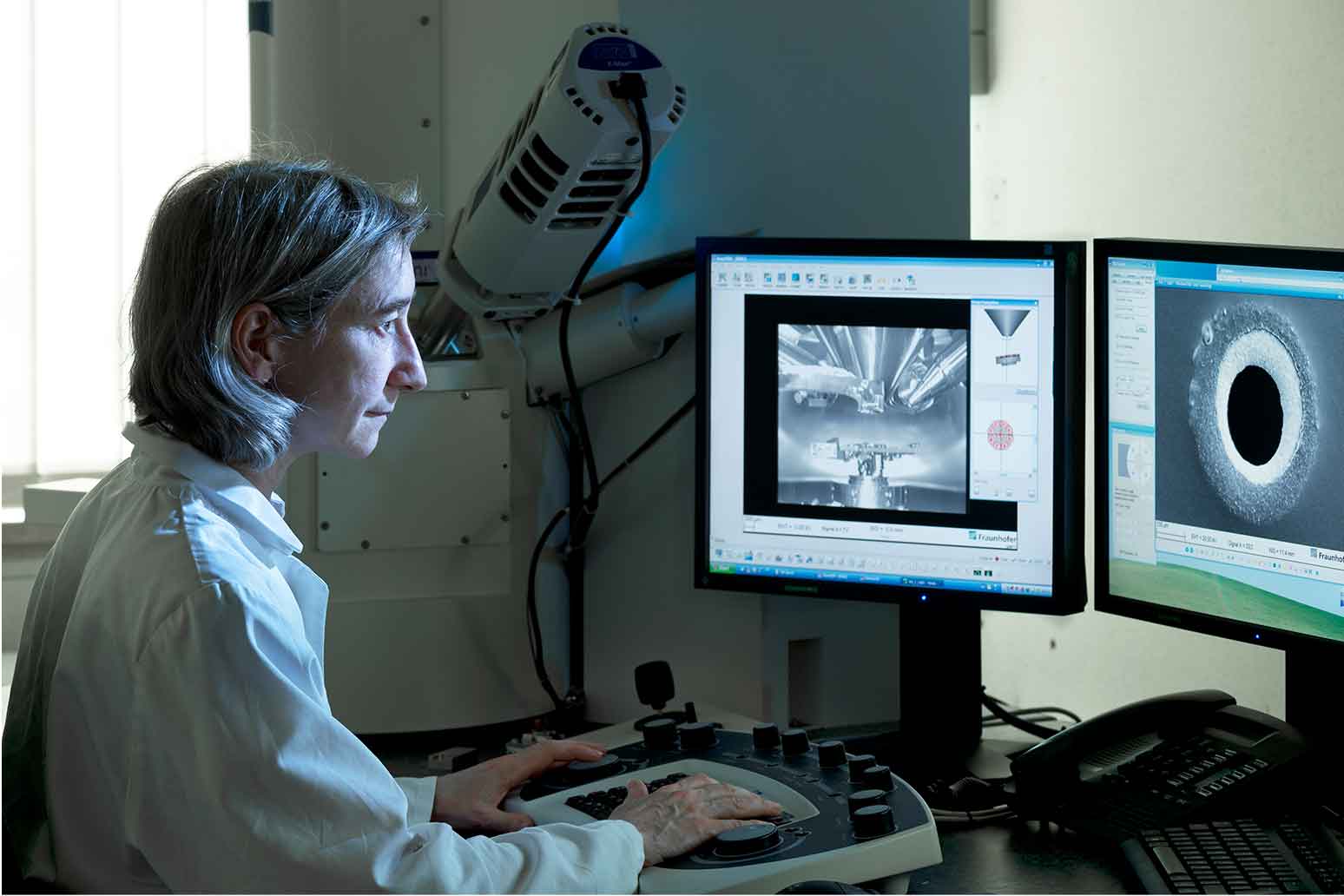Autonomous driving has a strong position in almost all concepts for tomorrow's mobility. Since automated driving no longer involves human intervention, the corresponding sensors and electronics must meet the highest reliability requirements: The system must be able to respond to unforeseen events as well as remain stable in case of faults or functional impairments - for example, delayed or missing information, the failure of a component or the loss of the electrical power supply.
Failsafe electronics for autonomous driving
Project Autokonf

Privacy warning
With the click on the play button an external video from www.youtube.com is loaded and started. Your data is possible transferred and stored to third party. Do not start the video if you disagree. Find more about the youtube privacy statement under the following link: https://policies.google.com/privacyVideo: Failsafe electronics for autonomous driving
Theoretically, all electronic components could be provided in duplicate: if one component were to fail, an identical one would be available to takes its place. However, this solution is neither economically nor technically feasible since it would take up too much installation space inside the car.
Researchers at Fraunhofer EMFT, together with several industry partners, have developed a clever alternative within the AutoKonf project: A redundant, generic control unit. If the control unit responsible for the steering or braking function fails, the redundant generic control unit takes over the respective task and can safely guide the vehicle. To enable the redundant control unit to take over both steering and braking control tasks, electronic systems are being developed in the project to dynamically change the signal distribution and power supply, among other things.
The Fraunhofer EMFT team is working on integrating switching capability in connectors and interface modules. Among other things, classic switching matrices are being investigated and novel processes researched which function in the smallest of installation spaces while paying particular attention to reliability. For this purpose, a thermal design for the necessary assembly and connection technology is being developed.
At the end of the project, the concept will be proven under defined test and fault cases: While the stability control system is active, a fault is injected into the new system. The project partner and joint coordinator Intedis will then use a vehicle test rig to check whether and to what extent the vehicle stability is nevertheless maintained.
The project is funded by the German Federal Ministry of Education and Research BMBF (grant from the economic plan of the Special Energy and Climate Fund (EKF), funding code: 16EMO0187).

